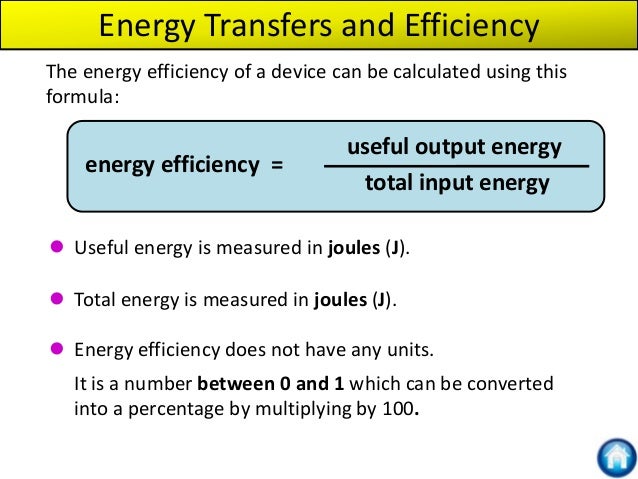
When calculating the net work, you must include all the forces that act on an object. If an object speeds up, the net work done on it is positive. (credit: modification of work by “Jassen”/ Flickr)Īccording to this theorem, when an object slows down, its final kinetic energy is less than its initial kinetic energy, the change in its kinetic energy is negative, and so is the net work done on it. The work done by the horses pulling on the load results in a change in kinetic energy of the load, ultimately going faster. For the mathematical functions describing the motion of a physical particle, we can rearrange the differentials dt, etc., as algebraic quantities in this expression, that is,įigure 7.11 Horse pulls are common events at state fairs.

Newton’s second law tells us that F → net = m ( d v → / d t ), F → net = m ( d v → / d t ), so d W net = m ( d v → / d t ) Let’s start by looking at the net work done on a particle as it moves over an infinitesimal displacement, which is the dot product of the net force and the displacement: d W net = F → net

Therefore, we should consider the work done by all the forces acting on a particle, or the net work, to see what effect it has on the particle’s motion.
#WORK AND ENERGY PHYSICS CALCULATOR HOW TO#
We have discussed how to find the work done on a particle by the forces that act on it, but how is that work manifested in the motion of the particle? According to Newton’s second law of motion, the sum of all the forces acting on a particle, or the net force, determines the rate of change in the momentum of the particle, or its motion. Use the work-energy theorem to find information about the forces acting on a particle, given information about its motion.Apply the work-energy theorem to find information about the motion of a particle, given the forces acting on it.So you'd equate the potential energy not only with the kinetic energy, but with the sum of kinetic and rotational energy.By the end of this section, you will be able to: the energy before the collision (kinetic energy of the train $\fracv^2$) and rotational energy. So your only way to provide some kind of a solution is to assume that energy is conserved, i.e. For tackling "something in-between" you don't have enough data, obviously in the model given momentum is not conserved, because initially the train moves and then nothing moves. Depending on the type of collision you could have energy or momentum conservation or something in-between. The best you can do is to remember what you know about collision problems. Are you expected to fully model the collision with temperature and other losses? Likely not, as you know almost nothing about the problem. Given that the train is not perfectly flat all of this would further complicate things. If you think about the real situation from your experience, all kind of things would happen: the spring would be compressed, but probably also heat generated, etc. Now it is time to think what you can do with the information that you are given. the same mass was stopped by a (now compressed) spring which gained an energy $E$.Here you can further simplify things eliminating not relevant information such as whether it is a train, a car or any other mass. Nothing special is said about what happens during the breaking period. train stands still buffer is compressed.train moves (nothing special about the buffer).There are basically two parts/states separated by time: If you do this for the problem at hand you would end up with: In common language Try to simplify the situation as much as possible. Also see, if you can split the problem in different parts (typically in space or time here in time). Instead start by reading carefully through the question and extract the relevant information from the problem first in common than translated in physicist language.

(See below for another system which works differently.) It always depends on the system you have, which should be your focus. There is not one way to calculate speed from potential energy and mass. This also refers to how you pose the question ( How to calculate speed, given potential energy and mass?). You should not be looking through all the equations you know and guess which might be applicable. Rodney gave you the solution, but I would like to suggest how to approach such problems.


 0 kommentar(er)
0 kommentar(er)
